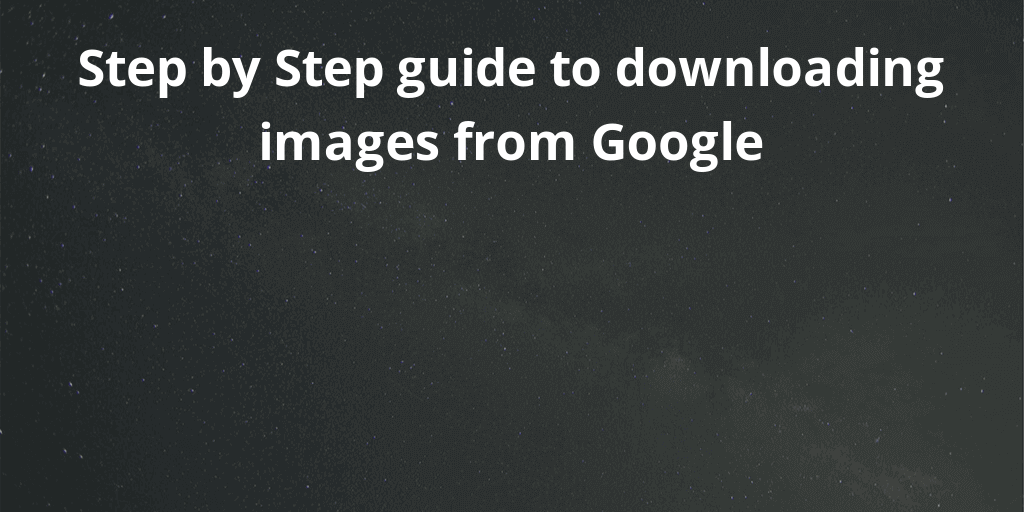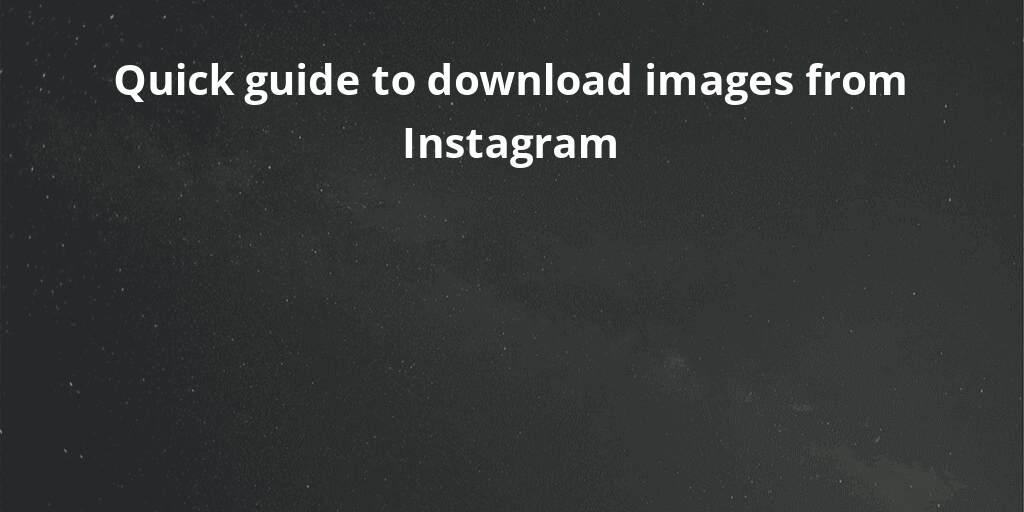Introduction
Isn’t it super annoying and time-consuming when a site takes too much time to load? By refining your bloated pictures using these top image compression software applications listed below, you may speed up your page and also save bandwidth.
Images are critical for a website’s ability to attract and keep readers’ attention. High-definition (large picture files) photographs shot with new high-quality cameras are not suited for usage on websites as is, resulting in a long load time. We shared some basic techniques to speed up a website in one of our previous postings.

It concludes that compressing allows for a reduction in image size, making it more suitable for use on a website. Let’s have a look at some of the most popular image compression software programs accessible on the Internet to aid in the speeding up of your website!
JPEG
JPEG is a widely used data format nowadays. It is not, however, a data format. It’s actually a compression technique. JPEG is one of many compression methods available. JPEG stands for Joint Photographic Experts Group, and it became a standard in 1992. JPEG is a type of lossy compression.
Compression (lossy) vs. compression (lossless)
When lossy compression occurs, data is lost, and the image can never be recreated to its original state.
Lossless compression means that no data is lost during compression and that the image can be restored to its original state. Algorithm for JPEG Compression
The basic steps of the JPEG compression algorithm are as follows:
Conversion from RGB to YCbCr colour space
DCT conversion preprocessing
Modification of DCT
Quantification of Coefficients
Encoding without Loss
What are Image Compression Software Applications and How Do They Work?
Image compression is a technique for compressing data, particularly digital photographs, in order to reduce transmission and storage costs. There are various such technologies that can aid in the seamless loading of websites.
These tools aid in the smooth operation of a website. In fact, research reveals that every additional second it takes for a website to load results in a significant drop in conversions. As a result, these technologies are essential for balancing load speed and, as a result, preserving SERP ranking. As it appears to be a “ranking component” as Google suggests.

We’ve started experimenting with making our index mobile-first to make our findings more useful. Our algorithms will ultimately use the mobile website of the content on the site to rank pages from that site, interpret structured data, and present snippets from such pages in our rankings, despite the fact that our search index will remain a single index of websites and applications. Of course, we’ll continue to provide a wonderful search experience for every customer, whether they’re using mobile or desktop devices, while our index is built from mobile documents.
You don’t have to modify anything if you have a reactive or dynamic delivering site with the same basic content and markup on desktop and mobile.
Ten best methods to compress JPG images for free
This is where we start introducing the best JPG Compression tools.
Professional picture compression programs, such as Adobe Photoshop, can be quite expensive and unnecessary. If website owners wish to keep costs down when compressing photos for their sites, a free internet application can function just as well as a premium service. Here are the five top picture compression tools that we’d like to share with you:
Method 1: Image Optimizer by Mageplaza
5 MB is the highest allowable file size.
PNG, JPG, GIF, TIF, and BMP are examples of file types.
Has both lossy and lossless compression capabilities.
Mageplaza Image Optimizer for Magento 2 Store is one of the greatest image optimization methods for Magento 2 store sites. PNG, JPG, GIF, TIF, and BMP are among the most common image formats supported. It also comes with two compression options: Lossy and Lossless. You’ll be able to decrease file size while maintaining image quality with these two options.
Furthermore, with the assistance of cron, both scan and optimization procedures will be powered up, saving store administrators a lot of time. Lastly, it includes a backup feature that allows users to make changes to photographs without losing the source file.
Method 2: TinyPNG
Maximum file size per upload: 20 photos (5MB maximum per image). You can upload more by refreshing the page! JPEG, JPG, and PNG are examples of file types.
Do not be fooled by this panda’s attractiveness!
TinyPNG is one of the most well-known and widely used free JPEG and PNG compression tools. It’s also a fantastic tool for shrinking graphics for an app or shop website. The best possible outcome of Tiny PNG’s efficiency is that more than 70% of the picture size is conserved.
Not only that, but each upload allows you to transmit up to 20 photographs at once, with each image having a maximum size of 5MB. You can also compress 100 photographs per month. It even includes a free image compression extension designed exclusively for the Magento platform.
Method 3: CompressNow
10 photos are the maximum file size.
JPEG, PNG, GIF, and PDF are examples of file types.
CompressNow provides a slider that allows the user to determine the rate of compression for the photographs, and the picture quality when compacted at a given percentage is displayed below it.
Method 4: Kraken
File size limit: 20 images
JPG, PNG, and GIF are examples of file types.
Kraken allows you to choose between two compression modes: Lossless and Lossy. Another advantage of this free service is that it allows users to create accounts so that they can quickly access and use the cloud services.
Kraken simultaneously permits users to export files to Dropbox or import files from Dropbox, Box, or Google Drive. It could save time by mass uploading up to 20 photos at a time and compressing each image to a maximum of 32MB.
The sole drawback is that files larger than 1MB can only be compressed to a certain extent. The pro package must be purchased by the user. If you’re an expert who has to reduce large files of photos on a frequent basis, consider paying $5 per month for a plan that includes additional capabilities like storing your files in the Kraken cloud for future use.
Method 5: JPEG Compressor (safeimagekit.com)
Safeimagekit.com’s JPEG Compressor tool has a lot of options for shrinking any JPEG image file. Modifying the uploaded JPEG image by altering its proportions (height, width, etc.) is one of the key functions.
This picture compression tool also allows you to select a size for compression, which can be set to max or min depending on the image you’ve provided. For precise and rotational adjustment, this function also includes a strict mode and an orientation mode.
The image compressor also allows the user to alter the image’s quality and convert the image’s format to their favour. After we upload an image to safeimagekit.com, the compression feature contains multiple characteristics, such as the image’s name, size, kind, and so on.
The last modified parameter provides us with the time, date, and time zone of the last modification. This also gives us a progress bar after we’ve uploaded the image file and before we begin modifying it.
Our image compressor tool is compatible with practically all browsers and devices. No specialist is required to use our program, which is very simple to understand. It’s absolutely free; you can use all of our tools without spending a dime. Our image compressor is a browser-based application that requires no further software to be downloaded to your device. None of your information is transferred to our servers, and all actions are completed within the browser. As a result, we can ensure that our users are completely safe.
So, how can we make our image files smaller?
Step 1: You can either upload the picture file or Select Dropbox/Google Drive from the drop-down menu.
Step 2: Using the choices presented, change the parameters.
Step 3: Modify the image file’s alignment.
Step 4: To save your modifications, select the Save option.
Step 5: By using the Download option, save the image file.
Method 6: Compressor.io
10 MB is the maximum file size.
Ability to compress:
JPEG, SVG, PNG, and GIF are all lossy formats.
PNG and JPEG are lossless formats.
Compressor.io has the capacity to compress images and reduce their size by up to 90%.
Lossless compression results in no loss of quality, while lossy compression results in a minor loss of quality but reduces image size by roughly 90%.
The procedure is straightforward; the operation entails merely dragging and dropping the desired image into the center of the page, with the rest of the operation consisting of allowing it to be compressed. The only drawback is that in order for the compression to operate, you must upload each image separately.
Method 7: Resize Photos
1 image at a time is the maximum file size.
JPG, PNG, GIF, BMP, and PSD are examples of file types.
Resize photographs combines the ability to compress and resize images with certain editing capabilities such as border, reflections, shadows, caption, photo effect, and rounded corners images to add some spice to the picture.
Method 8: Optimizilla
20 photos are the maximum file size.
PNG and JPEG are the two types of files.
The most impressive feature of Optimizilla is its ability to compress images to the smallest size possible while still allowing you to level them. There was also a peek to determine if there were any differences from the original.
Method 9: ImageRecycle
100MB is the maximum file size (15-day-trial)
Ability to compress: JPEG, PNG, GIF, and PDF
Compression is a basic process that involves a combination of drag and drop. When compared to other solutions, it offers unique features such as an API for customers and free sub-accounts, 30 days of media backup and recovery, clean metadata for more convenience, and a report to assess the performance of your websites.
Users will only be able to check it out for 15 days, and larger file sizes will cost $10 for 1GB and $20 for 3GB, and with a price of $50 for ten gigabytes.
Method 10: Trimage
Ability to compress: JPEG, PNG
If you use Linux or Unix, you should definitely give Trimage a try because it is well-suited to these two platforms. Trimming photographs remove EXIF and metadata, allowing the file to compress to a more manageable size.
If you aren’t a Linux user, though, you can use the aforementioned utility instead.












